5. The Dance of Reality (Alejandro Jodorowsky, 2013)
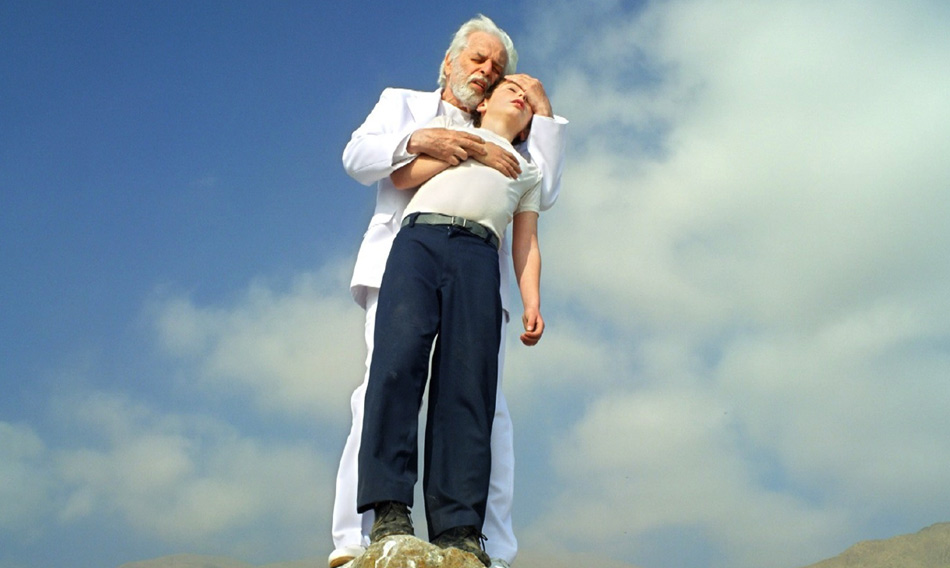
Utilizing a purposefully artificial looking landscape here, Jodorowsky’s “Dance” walks a curious line of being both celebration and searing exorcism of the past. From his youth bullied by his father for fey leanings and long feminine curls his boardwalk small village life becomes a gateway for the viewer to a hyper stylized and relentless assault of a film.
We witness graphic torture, a plague spreading, a woman urinating on a man, in what is ostensibly an autobiographical tale from the director’s childhood but instead tells a magic realist story of a bizarre journey his father travels on and how eventually his family leave Chile.
Uncornered with the trivialities of structure, tone or even coherence the film bounces around from set piece to set piece. Despite being a decidedly adult storybook film it still has the logic of a child’s approach to a story. It has action and amnesia, war played out in broad strokes and it both demonizes and mythologizes his father in a single stroke.
Known for his aggressively arthouse films, it was reassuring to see that Jodorowsky in his advancing years has not surrendered any of that unique fire within and is still capable of producing blistering and properly odd filmmaking. A line from the film delivered by the man himself sums up his dreamlike philosophy and explains the theme of this work, “You and I, have only been memories, never reality. Something is dreaming us, surrender yourself to illusion.”
4. Enemy (Denis Villeneuve, 2013)
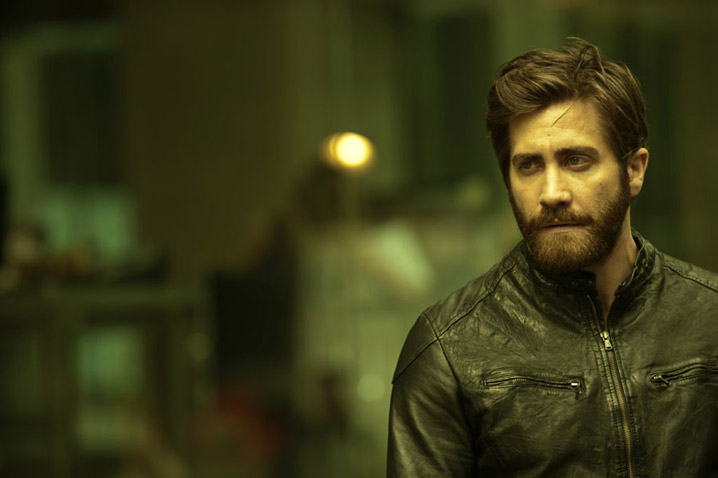
A particularly striking scene in this deeply troubling take on the doppelganger scenario has the main character wandering down a dark hallway as a spider like creature brushes past him. The film offers many other puzzling moments but doesn’t always couch them within a dream sequence. Instead the dark symbolism swamps the entire film in a putrid green hue.
This world is off kilter, an LA forever swamped in smog, we meet It is an expressionistic take on Dream-like plotting if not exactly rooted in dreams, this enigmatic 2015 film features nightmarish imagery but mostly takes place in an off kilter world, an LA forever swamped in smog and sickening ennui.
Starring Jake Gyllenhaal in a dual role, it plays with the idea of doppelgangers in a very tangled (and at times literal) web, his double performance powers the film as he allows a depth to both roles despite how strange and aloof the rest of the film remains.
Hinging on a very strange denouement the film proved polarising but its sheer uniqueness is to be applauded regardless of how outlandish it becomes. Villeneuve continues to skirt the mainstream with films that are beholden to the strangeness of the mind and the myriad contradictions that can arise.
3. Last Year at Marienbad (Alain Resnais, 1961)
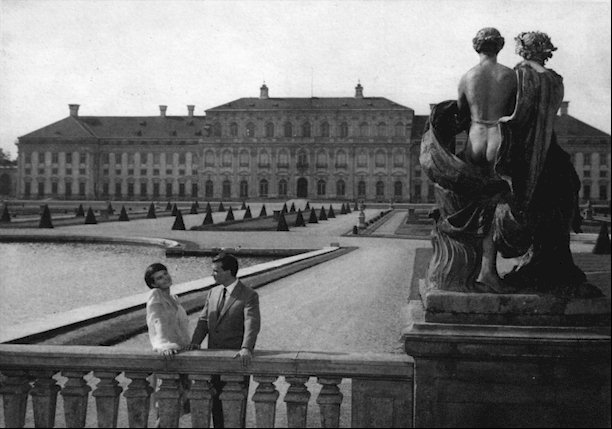
Memory and dream entwine in notable head scratcher from Alain Resnais that pushes the conceit of reality blending to dream to the nth degree. The inscrutable tale stems from a fairly routine love triangle set up. A man approaches a woman, claiming they had met the previous year at Marienbad and seems to indicate a relationship exists but she denies it.
A second man comes into conflict with the first and the exact dynamics of these unnamed characters remain in flux. The film allows memory, fantasy and what appears to be “reality” fold in on each other as gnomic voiceovers further obscures the details.
Marienbad is as frustrating as it is hypnotic but while confusing and distancing, the power of the film lies in its beautiful designs, gorgeous compositions and rich ambiguity. The shifting nature of the story and the refusal to adhere to strict narrative sense may alienate some but in keeping a sense of truth just out of the grasp of the viewers, the film finds a never-ending re-watchability. In its own pretentious and maddening way it examines the uncertainty of time, relationships and the enduring mystery of love.
2. The Matrix (The Wachowskis, 1999)
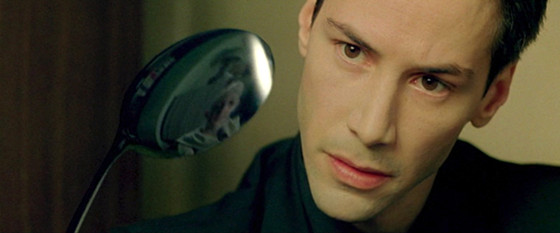
1999’s biggest triumph came not from a galaxy far far away but from this canny mix of cyberpunk and hong kong martial arts tropes. The Matrix is upfront about its conceit. Machines have enslaved mankind in a virtual world and are using the human body as a batteries to sustain their functions and existence. While not strictly a dream world, the plot takes turns that at times feel dictated by the logic of the subconscious.
The omnipresent green tint, the hint of stories just beyond the margins of the main narrative, the initial impulse that motivates Keanu Reeves’ Neo, have all the hallmarks of dream plotting but the story bends them like the characters bend the laws of physics within.
Sullied by poor sequels and a muddying on the mythos rather than a deepening of it, The Matrix is a cautionary tale of when an engaging and well constructed dreamscape can sour as your audience stirs from their collective slumber and moves on with their day.
1. Mulholland Drive (David Lynch, 2001)
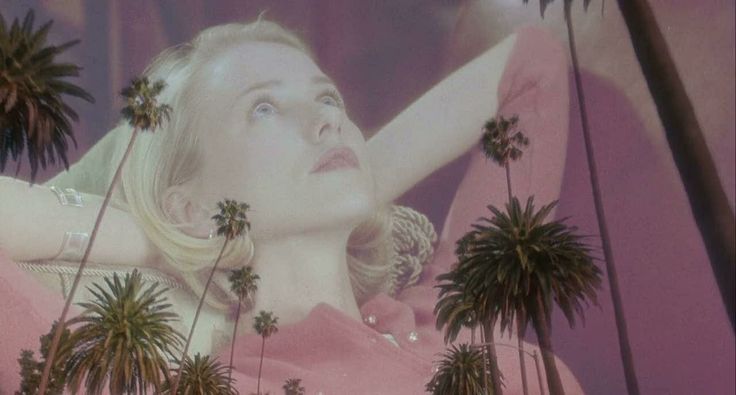
David Lynch’s multi-layered tribute to the ghosts of Hollywood’s past is an undeniably ambiguous journey into the depths of celluloid subversion but the conventional wisdom is that the film parses its oddness out through a two-tiered narrative.
The first half is the dream, a tale of a young hollywood ingenue, her eyes full of stars, her head awash with dreams who happens upon an amnesiac femme fatale archetype called Rita. This duo become embroiled in a strange mystery that takes classic beats of the Raymond Chandler variety and fuses it with an unrelenting Hollywood satire on tyrannical financiers and duplicitous producers.
Following a mid film showstopping scene in the mysterious Club Silencio in which our heroines are serenaded by an acapella version of Roy Orbison’s Crying (The Big O being a Lynch stalwart as his music framed moments in Blue Velvet) the films shifts gears. It then presents a more disjointed tale of Naomi Watts playing an entirely different character that of an embittered struggling actress, her affections rebuffed by a capricious socialite.
Lynch is shrewd with the film as he shoots the dream in a fairly linear fashion, its odder leanings smoothed out by more traditional filmmaking touches and structures. The subject matter may veer off into some arresting tangents but the approach is disciplined.
Its second half while being ostensibly “real” as far as the story goes is offered to the audience in a more daring and disjointed manner. It floats and obfuscates and avoids exposition or context. Motives are glimpsed and truths are sensed and this juxtaposition of style and story intent gives the film its remarkable tension and its enduring power.
Mulholland Drive resists a straight ahead interpretation, and instead employs an expressionistic take on film tropes to blur the line between plot and theme. It is a predilection Lynch has explored in earlier work and even went to deconstruct on his following film, the kaleidoscopic and sprawling Inland Empire. This might be the purest distillation of his analysis of the subconscious and how it coats our waking world.
Author Bio: Emmet O’Brien is a writer/ filmmaker from Cork City, Ireland. His work has been described as “bittersweet whimsy” and he is fine with this definition. He has also dabbed in writing for comics and some previous film criticism has appeared in both print and on national radio. A wordplay enthusiast whose love for film has never dimmed since he first saw “Back to the Future” as a child.